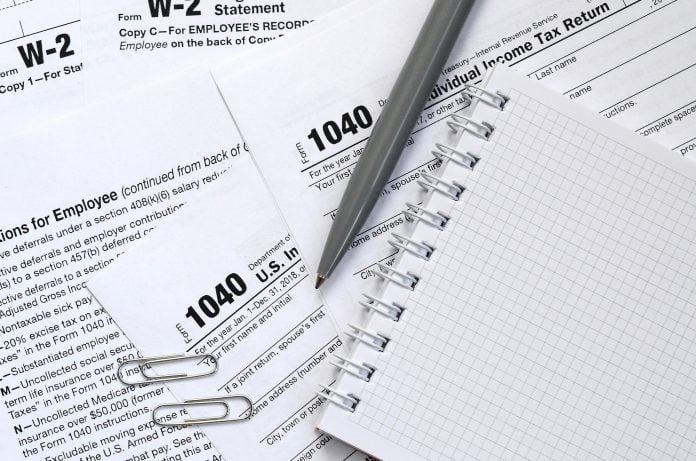Key Takeaways
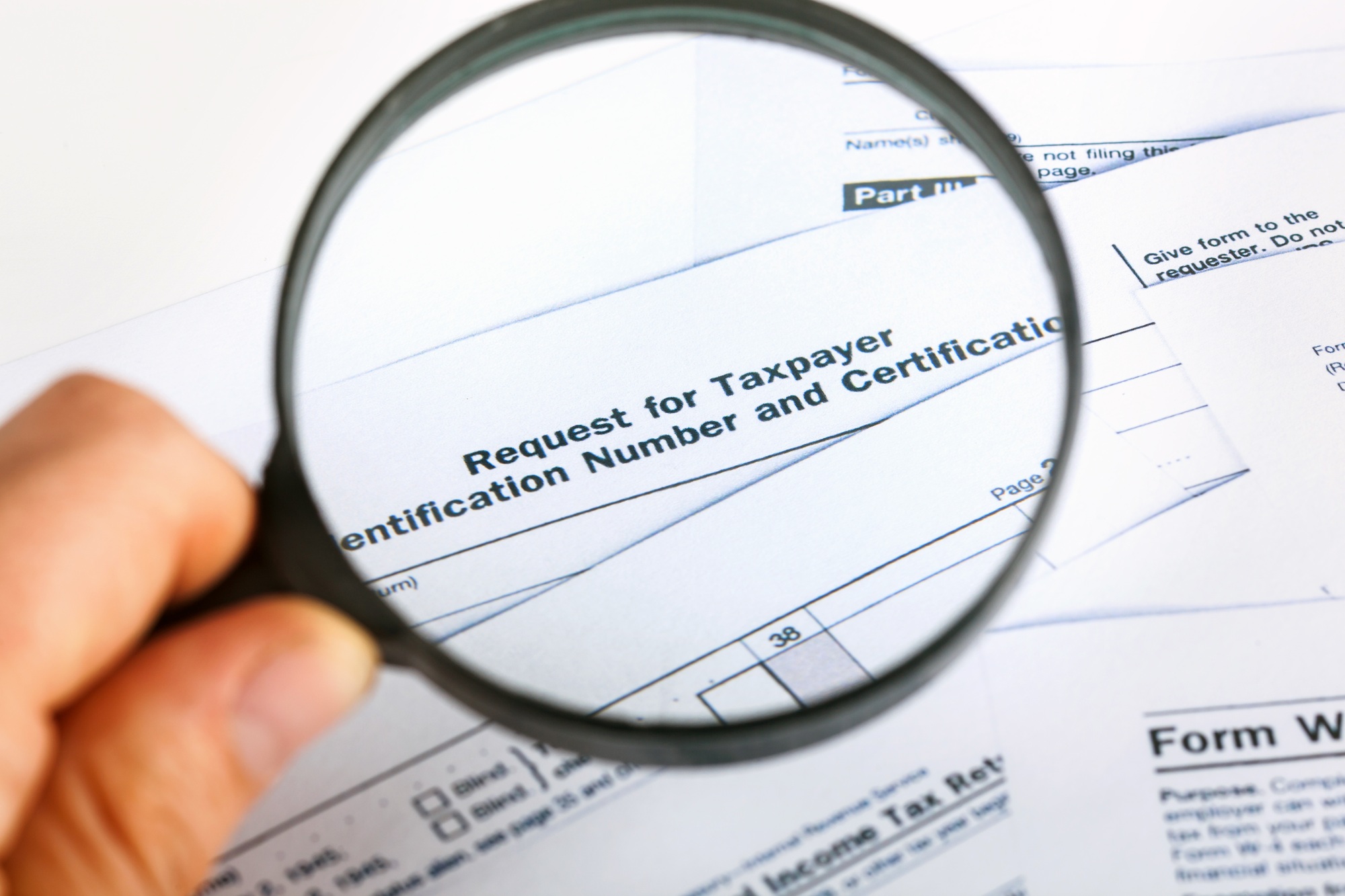
- Essential Tax Document: The 1040 form is crucial for reporting your annual income to the IRS, encompassing earnings, deductions, and tax credits.
- Different Versions: There are several types of 1040 forms (1040, 1040-SR for seniors, and 1040-NR for non-resident aliens), each designed for specific taxpayer situations.
- Reporting and Deductions: Accurately reporting total income and claiming allowable deductions, especially for small business owners, is vital for minimizing tax liabilities.
- Common Mistakes: Avoid errors like incorrect filing status, miscalculating income, neglecting deductions, and missing signatures to ensure a smooth filing process.
- Filing Deadline: Tax returns for the 1040 form are due on April 15, with the option to request a six-month extension by filing Form 4868.
- Filing Methods: You can file the 1040 form online, by mail, or through a tax professional, with e-filing offering quicker processing and direct refunds.
If you’ve ever filed your taxes, you’ve likely encountered the 1040 form. This crucial document serves as the foundation for reporting your annual income to the IRS. Understanding its purpose can make your tax filing process smoother and less intimidating.
The 1040 form isn’t just a piece of paper; it’s your financial snapshot for the year. It captures your income, deductions, and credits, ultimately determining your tax liability or refund. Whether you’re a first-time filer or a seasoned pro, knowing the ins and outs of the 1040 can help you maximize your tax benefits and avoid costly mistakes. Let’s dive deeper into what the 1040 form is and why it’s essential for your financial well-being.
Overview of the 1040 Form
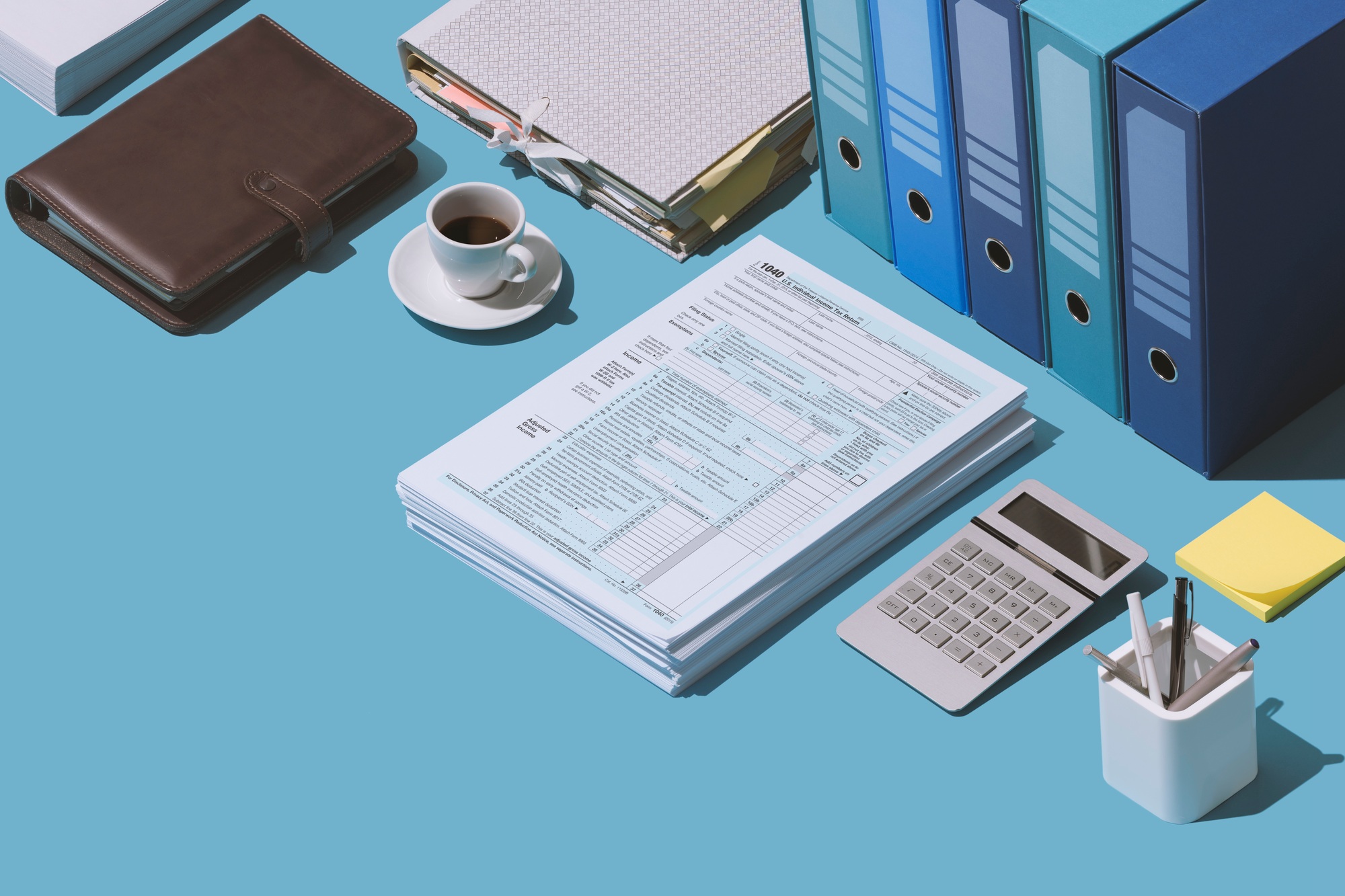
The 1040 form is essential for reporting annual income to the IRS. This tax return is used by individual taxpayers, including small business owners, to report earnings, deductions, and credits. Completing this form accurately ensures compliance and helps determine tax liabilities or potential refunds.
The 1040 form consists of several sections. You input personal information like your name, address, and Social Security number. You list all sources of income, including income from self-employment, wages, and small business revenue. Deductions for business expenses and other eligible costs also reduce your taxable income, affecting your overall tax liability.
Filling out the 1040 form accurately can maximize your tax benefits. You can claim various credits that may apply to your small business, like those related to equipment purchases or business loans. Understanding how to navigate this form enables you to make informed decisions regarding your finances and tax responsibilities.
Purpose of the 1040 Form
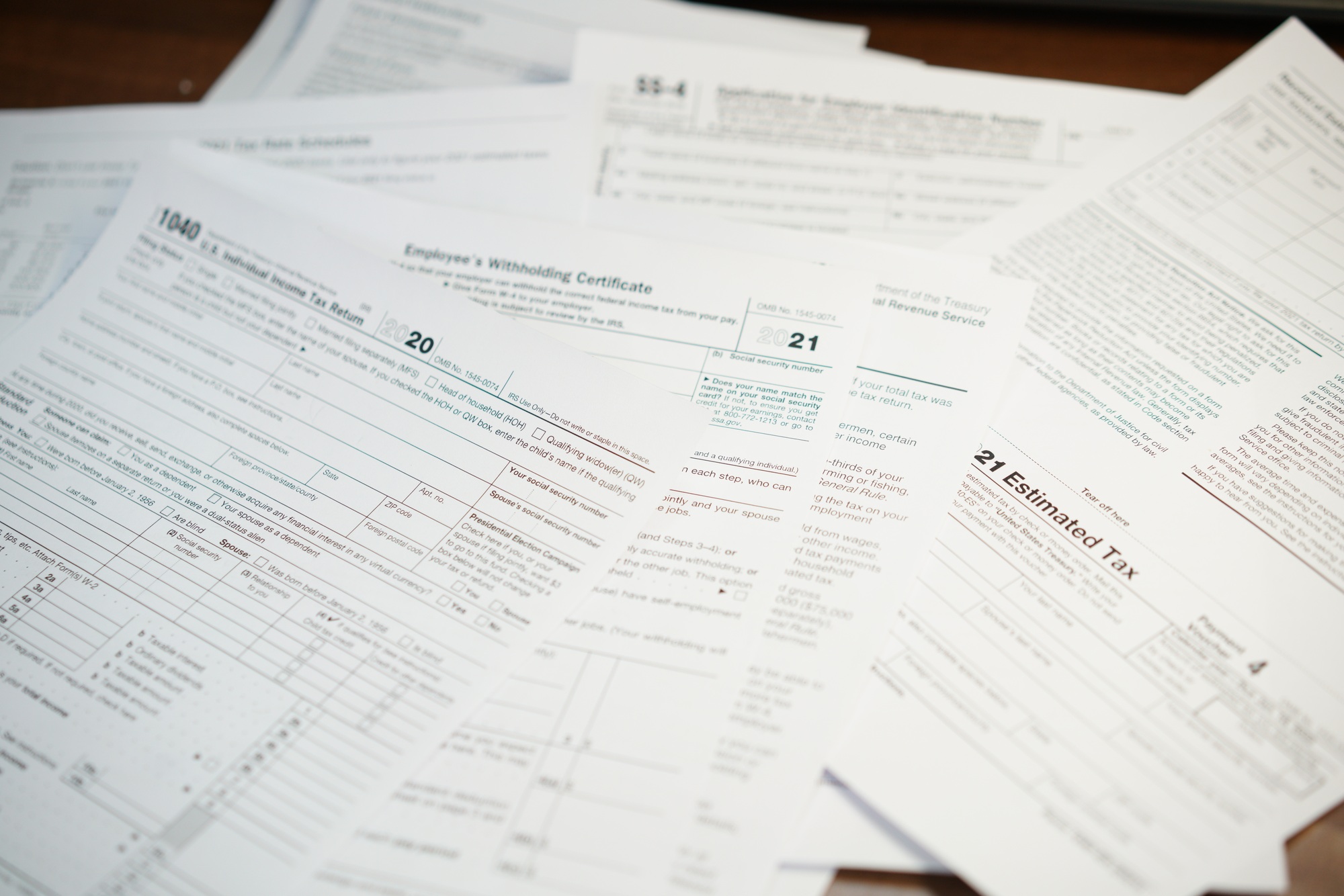
The 1040 form serves crucial purposes for taxpayers and especially for small business owners. It allows you to accurately report your annual income to the IRS and determine your tax obligations.
Individual Income Tax Reporting
The 1040 form is essential for individual income tax reporting. It enables you to report total income, including earnings from your small business. You also claim allowable adjustments, such as business expenses, which can lower your taxable income. By calculating your Adjusted Gross Income (AGI), you effectively prepare to determine your final tax liability.
Tax Credits and Deductions
The form also plays a significant role in identifying tax credits and deductions you may qualify for. Small business owners can benefit from various above-the-line deductions, contributing to reduced taxable income. For instance, you can deduct necessary expenses tied to your business operations, such as office supplies or equipment purchases. Identifying these deductions can maximize credits and ultimately minimize your tax liabilities. By effectively claiming these, you’ll enhance your financial standing while ensuring compliance with IRS regulations.
Types of 1040 Forms
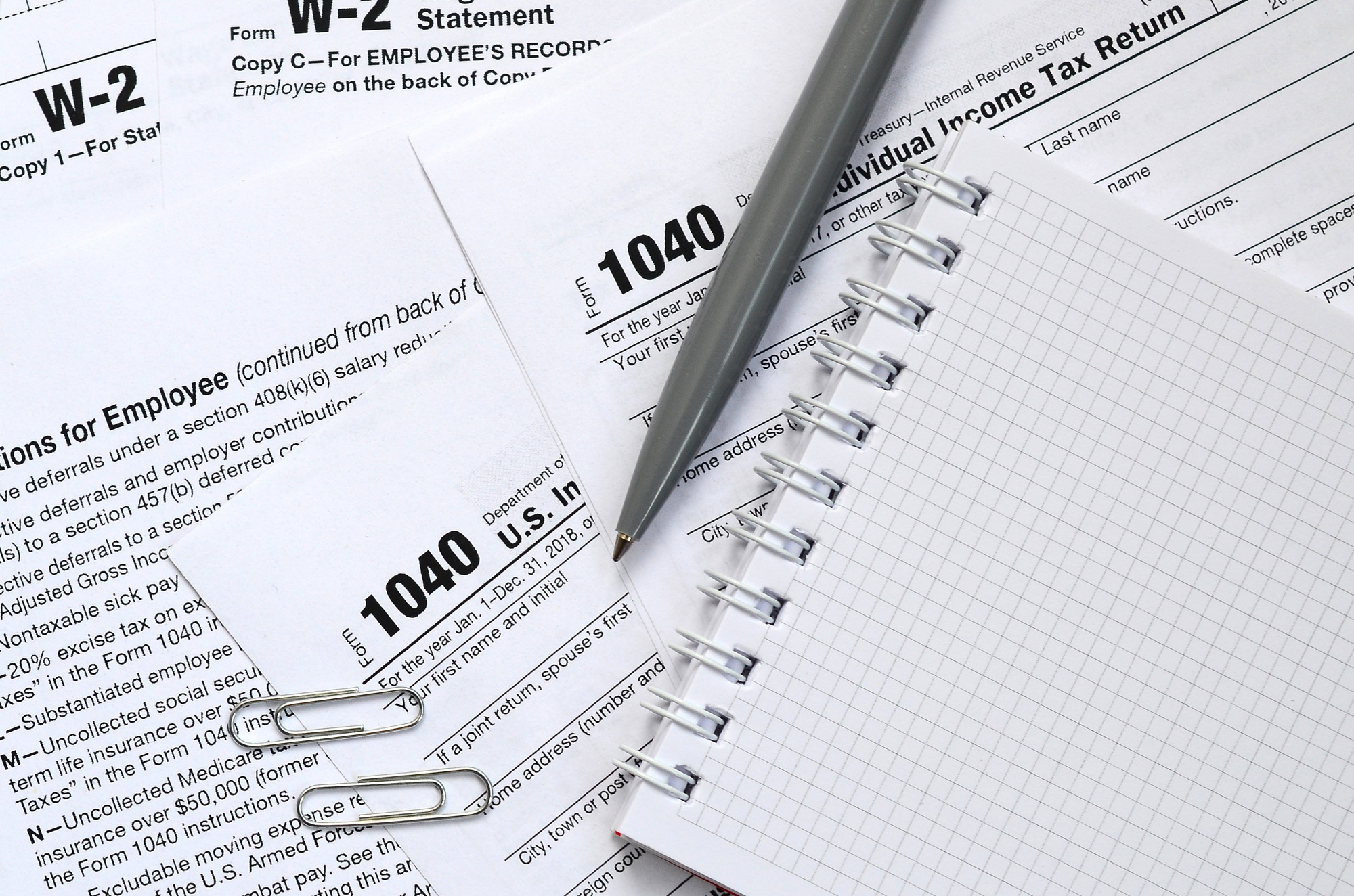
Understanding the different types of 1040 forms helps you select the right one for your tax reporting needs. Each variation caters to specific taxpayer situations.
1040
The standard 1040 form suits the majority of taxpayers, including small business owners. Use this form to report your income, claim deductions, and determine your tax liability. It includes sections for personal information, income from wages, and business earnings. Accurately completing the 1040 allows you to maximize deductions and credits related to small business expenses, effectively lowering your taxable income.
1040-SR
The 1040-SR form is tailored for seniors aged 65 and older. It simplifies the filing process with larger print and a straightforward layout, ideal for retirees and those on fixed incomes. If you qualify, utilizing the 1040-SR can ensure you capture all eligible deductions, including those beneficial for managing retirement income and expenses.
1040-NR
The 1040-NR form is designated for non-resident aliens. If you engage in business activities within the U.S. without being a resident, this form enables you to report income generated from those activities. Accurately reporting through the 1040-NR is essential for compliance and understanding your tax obligations as a non-resident small business owner.
Completing the 1040 Form

Completing the 1040 form accurately ensures you report your income and claim deductions properly, particularly for small business owners. This section details the necessary information required for the form and highlights common mistakes to avoid.
Necessary Information
You must gather specific information before filling out the 1040 form. Include:
- Personal Information: Your name, Social Security number, and filing status. Check your filing status, such as single, married filing jointly, or head of household, as it affects your tax calculation.
- Income Sources: Compile all income sources, including wages, salaries, tips, and other earnings. If you own a small business, report income from your business operations as well. Include forms like W-2 for employment income and 1099 for freelance work.
- Deductions and Credits: Identify eligible deductions that can reduce your taxable income. As a small business owner, you can deduct expenses related to business operations, such as rent, utilities, and supplies. Keep track of potential credits, as these can directly reduce your tax liability.
Common Mistakes to Avoid
Avoiding errors while completing the 1040 form can save you time and potential penalties. Consider these common mistakes:
- Incorrect Filing Status: Choosing the wrong filing status can lead to incorrect tax calculations. Confirm your status before submitting the form.
- Miscalculating Income: Ensure accuracy when reporting total income. Double-check entries from your business income records and personal income sources.
- Neglecting Deductions: Failing to claim deductions applicable to your small business can increase your tax burden. Review eligible deductions and ensure you include all relevant expenses in your calculations.
- Missing Signatures: Omitting your signature can lead to delays in processing your return. Sign and date your form to confirm the information is accurate.
By focusing on these essential aspects, you can complete your 1040 form accurately and efficiently while maximizing your benefits as a small business owner.
Filing the 1040 Form
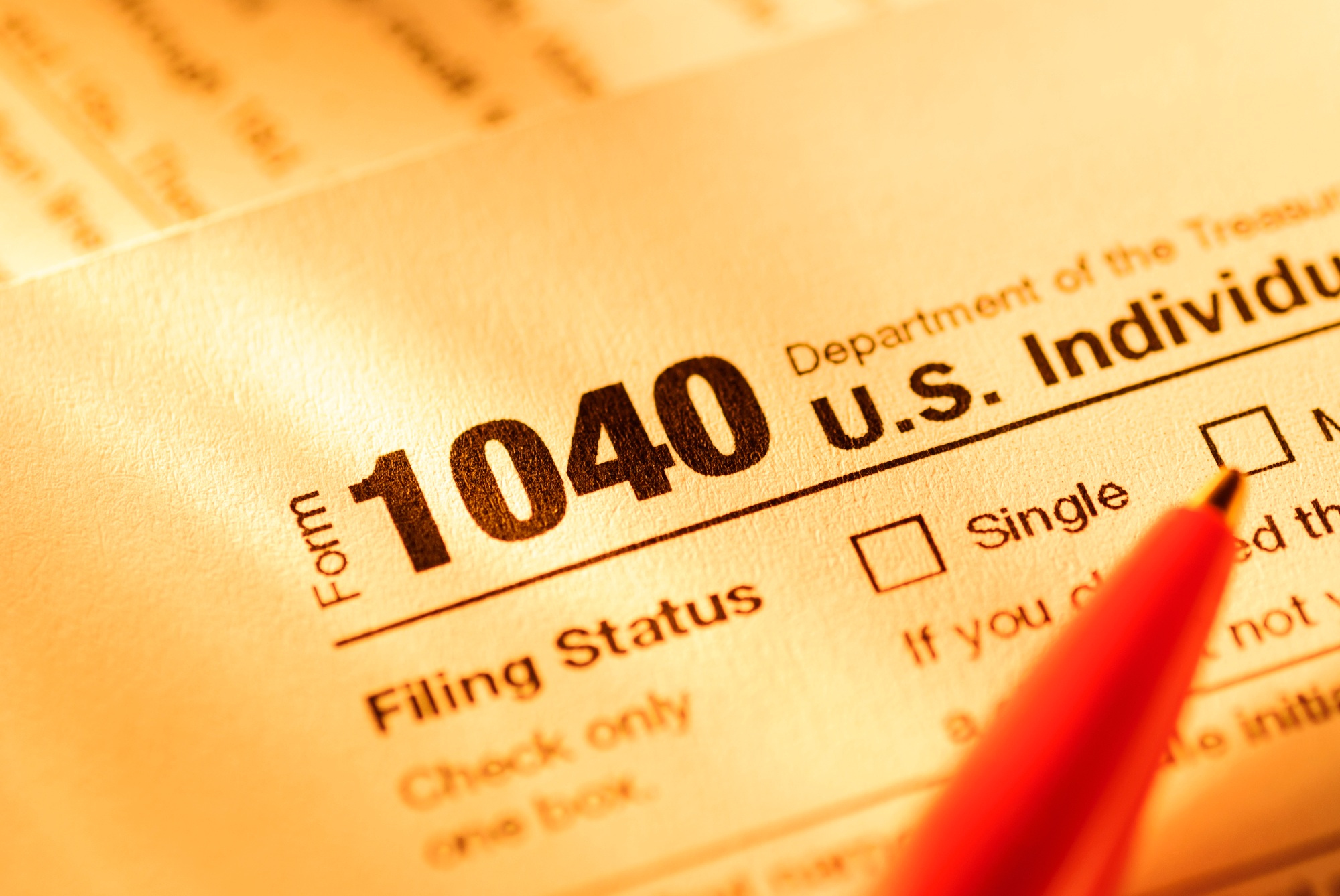
Filing the 1040 form accurately ensures compliance and maximizes your potential tax benefits. It’s important for small business owners like you to understand the deadlines and where to file to avoid any penalties.
Deadlines and Extensions
Tax returns for the 1040 form are typically due on April 15 each year. If the due date falls on a weekend or holiday, it shifts to the next business day. You can request a six-month extension by submitting Form 4868 before the deadline. However, note that this extension allows more time for filing, not for paying any tax owed. You must estimate and pay any liability by the original deadline to avoid interest and penalties.
Where to File
You can file your 1040 form online, by mail, or through a tax professional. The IRS e-file option simplifies the filing process, allowing for quicker processing and direct deposit of refunds. If you prefer to file by mail, send your completed form to the address specified for your state or area in the IRS instructions. When filing with a tax professional, ensure they understand your small business income and deductions thoroughly for optimal reporting.
Conclusion
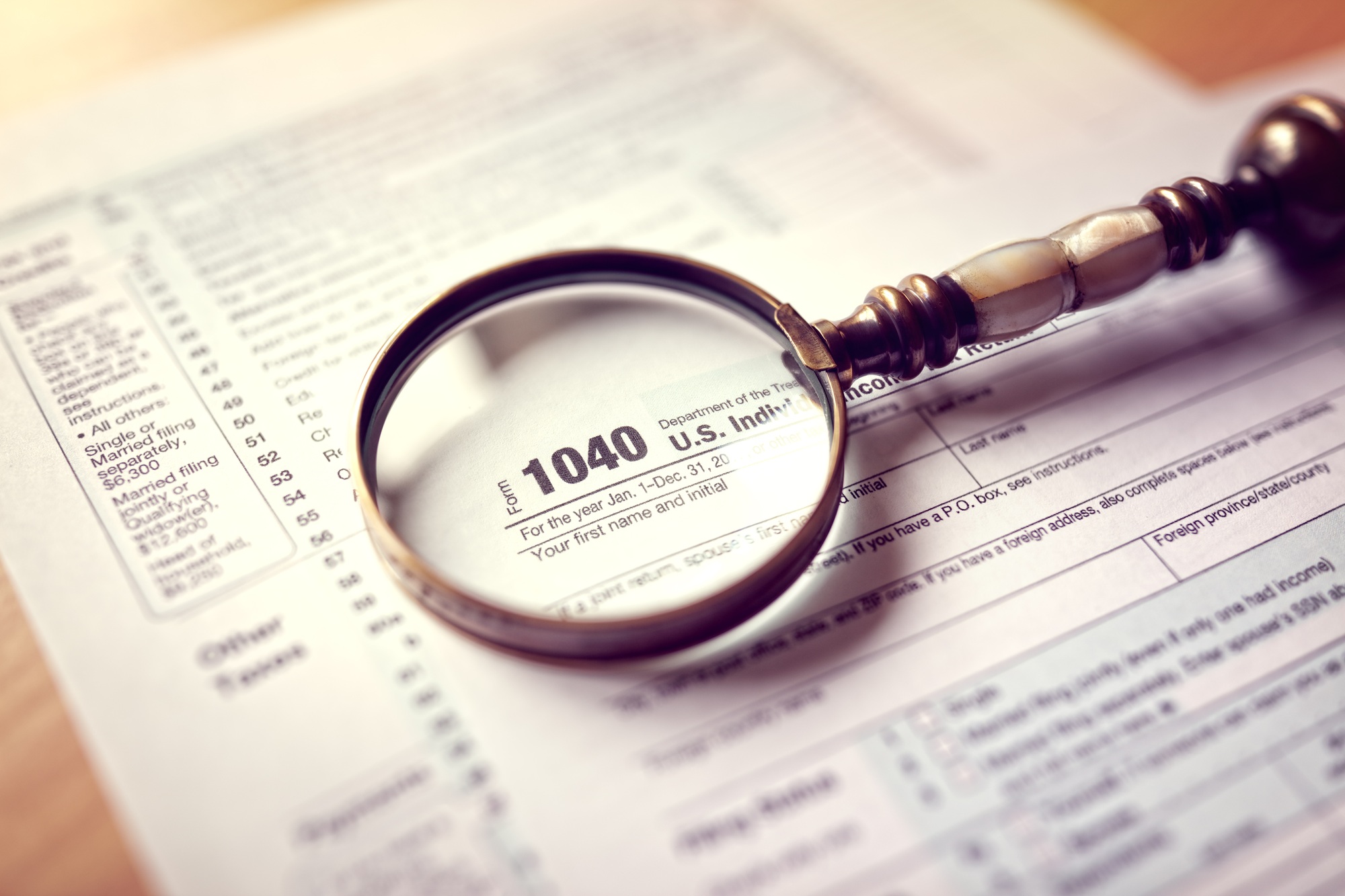
Mastering the 1040 form can significantly enhance your tax experience. By understanding its components and the various types available you can make informed decisions that benefit your financial situation. Accurate completion of the form not only ensures compliance with IRS regulations but also maximizes your potential deductions and credits.
Whether you’re a first-time filer or a seasoned taxpayer it’s essential to pay attention to details and avoid common mistakes. Staying organized and aware of deadlines will help you navigate the tax filing process smoothly. With the right knowledge and preparation you can confidently tackle your taxes and optimize your financial outcomes.
Frequently Asked Questions
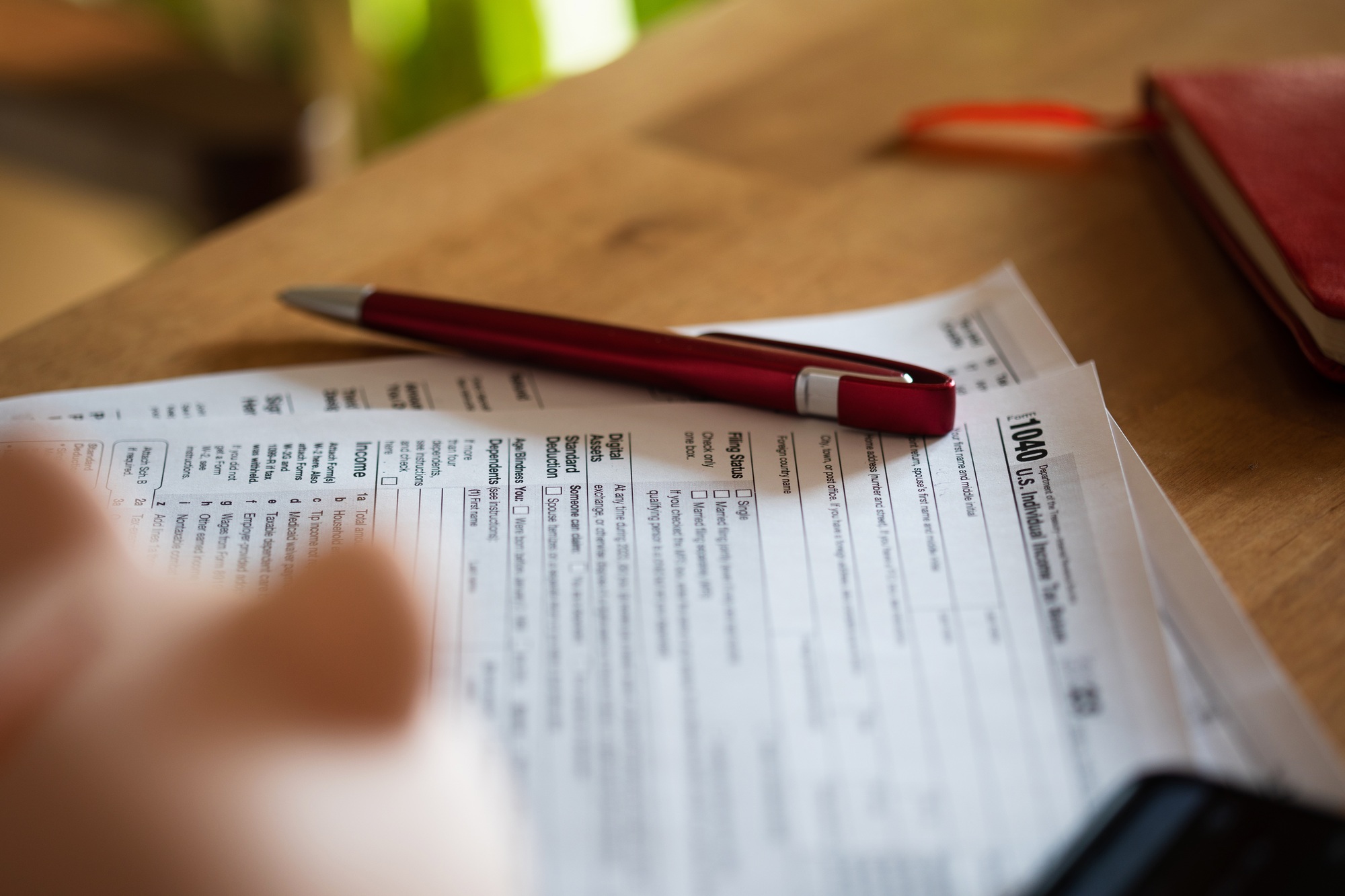
What is the 1040 form?
The 1040 form is a tax document used by individual taxpayers to report annual income to the IRS. It includes sections for personal information, income sources, deductions, and credits, allowing taxpayers to determine their tax liability or refunds.
Who needs to file a 1040 form?
Most individual taxpayers, including small business owners, must file a 1040 form to report their income. It’s essential for anyone who earns income or wants to claim deductions and credits to reduce their taxable income.
What are the different types of 1040 forms?
There are several types of 1040 forms: the standard 1040 for most taxpayers, the 1040-SR for seniors 65 and older, and the 1040-NR for non-resident aliens. Each caters to specific taxpayer situations to ensure accurate reporting.
Why is accuracy important when completing the 1040 form?
Accurate completion of the 1040 form is vital to avoid costly mistakes, ensure compliance, and maximize tax benefits. Errors in filing status, income calculations, or missed deductions can lead to penalties or lost refunds.
What are some common mistakes to avoid on the 1040 form?
Common mistakes include incorrect filing status, miscalculating income, neglecting deductions, and missing signatures. Careful review and understanding of the form can help prevent these errors and ensure a smoother filing process.
When is the deadline for filing the 1040 form?
The deadline for filing the 1040 form is typically April 15 each year. Taxpayers can file for an extension using Form 4868 but must pay any owed taxes by the original deadline to avoid penalties.
What filing methods are available for the 1040 form?
Taxpayers can file the 1040 form online, by mail, or through a tax professional. Each method has its advantages, such as convenience and accuracy, especially for small business owners managing multiple income sources.
How can small business owners benefit from the 1040 form?
Small business owners can use the 1040 form to report their income accurately, claim various deductions, and potentially lower their taxable income. This helps them manage their finances more effectively while complying with tax regulations.
Image Via Envato


